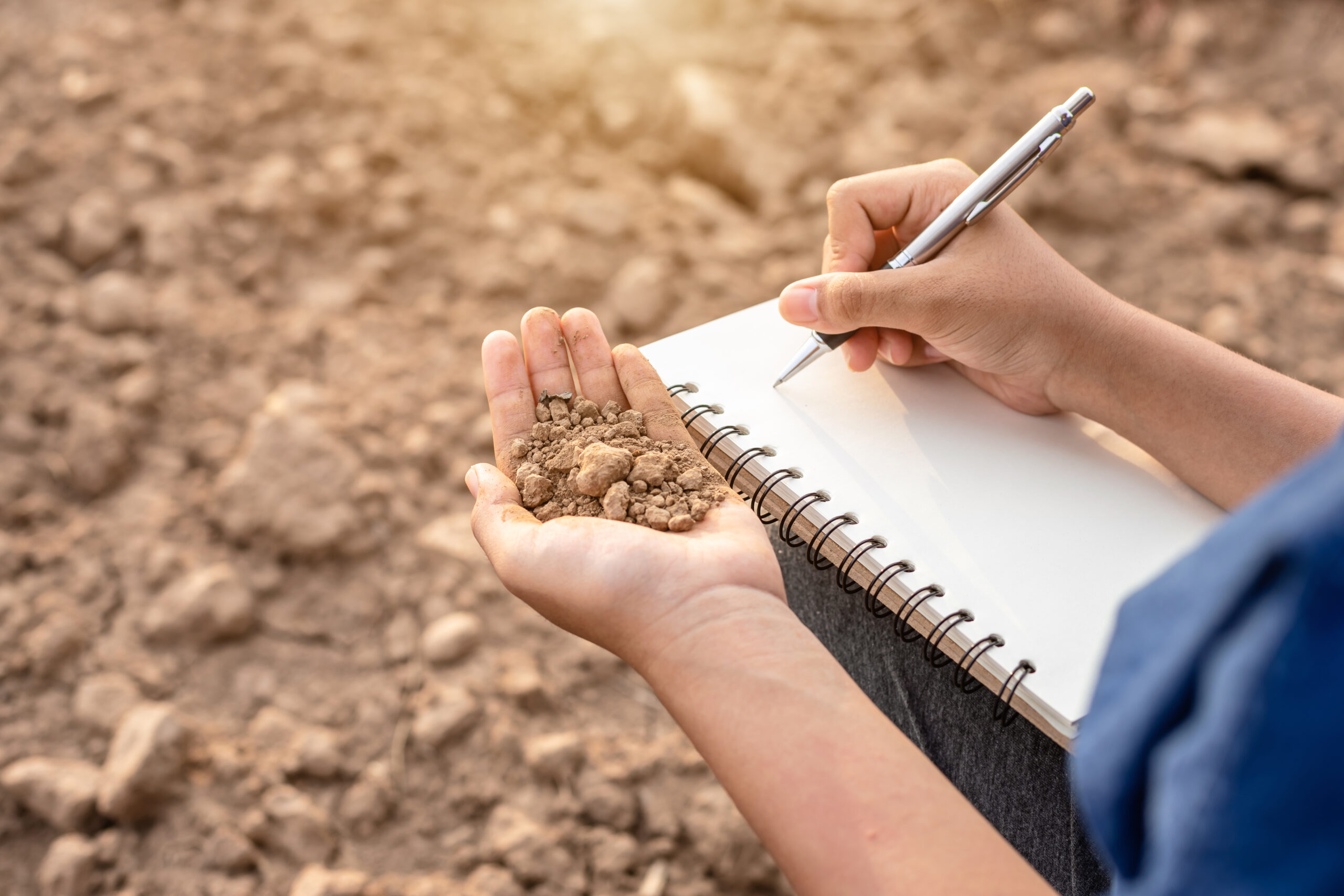
During the site assessment, the irrigation designer thoroughly evaluates the area where the irrigation system will be installed. This involves examining various factors that can influence the irrigation requirements and system design. These factors may include:
-
Soil Type: The designer analyzes the soil composition, texture, and drainage characteristics. Different soil types have varying water-holding capacities and infiltration rates, which affect irrigation scheduling and equipment selection.
-
Topography: The designer considers the slope, elevation changes, and any potential obstacles on the site. The topography affects water distribution, pressure requirements, and the positioning of sprinklers or emitters.
-
Plant Types: Understanding the plant species and their water needs is crucial. The designer identifies the types of vegetation to be irrigated, their growth stages, and their water requirements at different times of the year.
-
Climate: The prevailing climate conditions, including temperature, humidity, wind patterns, and precipitation levels, play a significant role in determining the irrigation system’s design and scheduling. This information helps in estimating evapotranspiration rates and adjusting watering frequency accordingly.
-
Water Sources: The designer assesses the available water sources in the area, such as wells, rivers, lakes, or municipal water supply. They evaluate the quantity and quality of water that can be accessed for irrigation purposes. Factors like water availability, water rights, and water quality parameters are considered.

